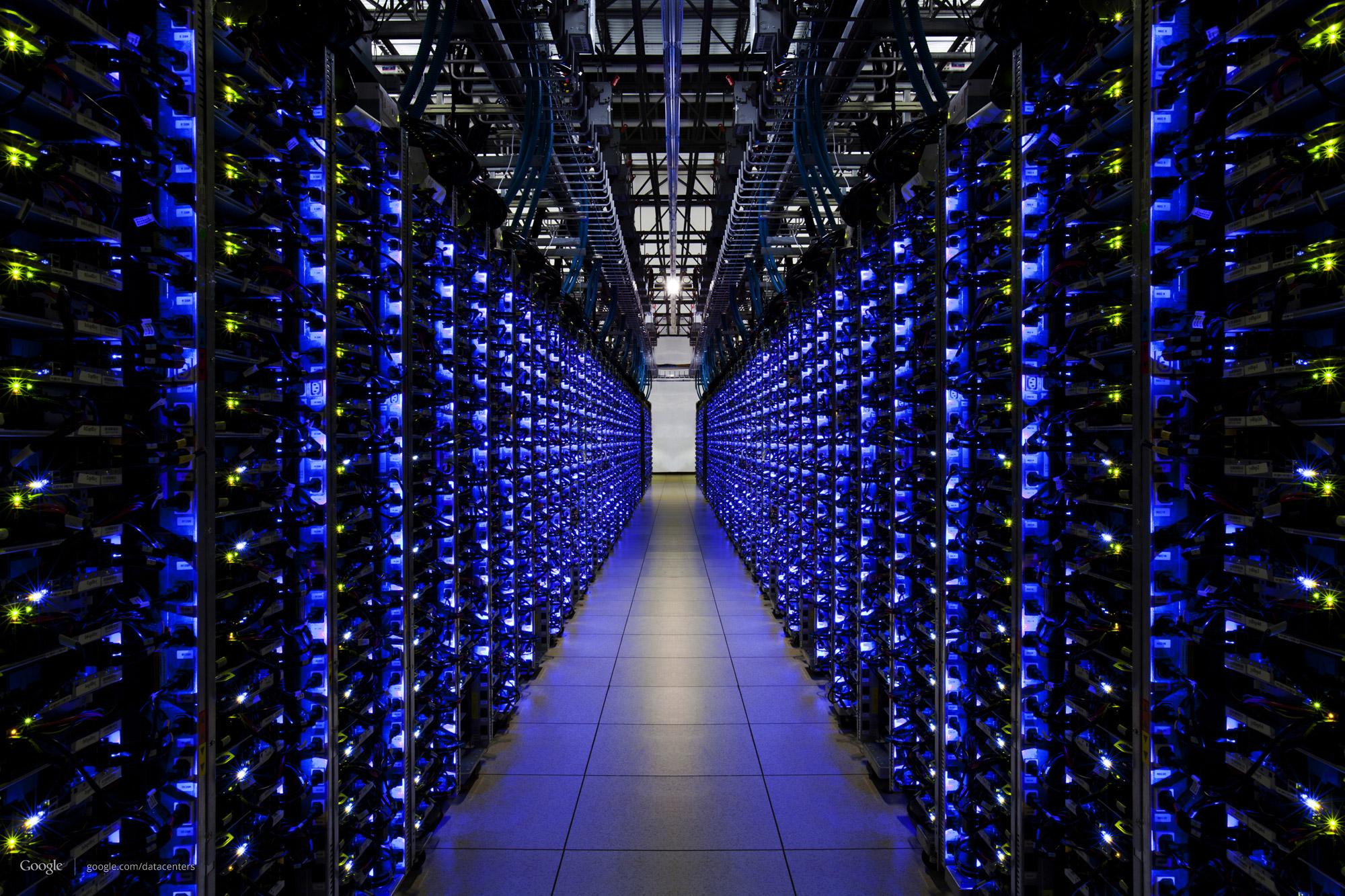Why filling hard drives with helium can boost storage capacity by 50%
The latest innovation in hard drive technology has taken years to perfect but means quieter, more energy efficient hard drives that fit more data in the same space

The latest trick in adding extra capacity to our computers doesn’t rely upon ‘5-dimensional memory crystals’ or price-drops in SSDs but on the second most abundant element in the universe: helium.
HGST (a subsidiary of Western Digital) have revealed a new type of storage medium, the world’s first “hermetically sealed, helium hard drive”. By replacing the air in a hard drive with helium (a gas that is seven times less dense than air) the disks inside create less turbulence when they spin, meaning more discs can be packed into less space and use less power.
In numbers the new six terabyte hard drives are 23 per cent more power efficient and offer 50 per cent more capacity than regular drives. It's an innovation that tackles a purely mechanical problem (the limit of how fast disks can spin when packed closer together) to create a high-tech improvement.
Not only is HGST’s “Ultrastar He6” the first helium-filled drive, but it’s also the first to fit six terabytes of storage into the standard 3.5-inch hard drive container.
Storage companies have been experimenting with helium for decades but creating a manufacturing process that produces long-time airtight hard drives has proved elusive until now.
And although this sort of technology might be slightly beyond the ken of the average consumer at least for now) the ability for large data centers to fit more storage into less space using less power has all sorts of escalating benefits.
HGST president Mike Cordano told AllThingsD that one of the main markets for the new drives will be cold storage – ie, data that is rarely accessed but still needs to be available at any time.
This could include data like old photos on Facebook - you stick them online, never touch them again and look at them rarely, but you still want to access them whenever you like. Previously this sort of data would have been stored on magnetic tape, but this is no longer practical for the internet age.
As well as cold storage, there’s one extra kicker in favour of the helium-filled drive. Because they’re hermetically sealed it also means the drives are watertight, meaning they’re perfect for use in what are known as “immersion data centers”.
In these systems hard drives and servers are submerged in a non-conducting fluid similar to mineral oil. This means the hardware can be run at relatively higher temperatures, but remain cool thanks to the liquid. In more ways than one, this technology is anything but a lot of hot air.
Subscribe to Independent Premium to bookmark this article
Want to bookmark your favourite articles and stories to read or reference later? Start your Independent Premium subscription today.

Join our commenting forum
Join thought-provoking conversations, follow other Independent readers and see their replies